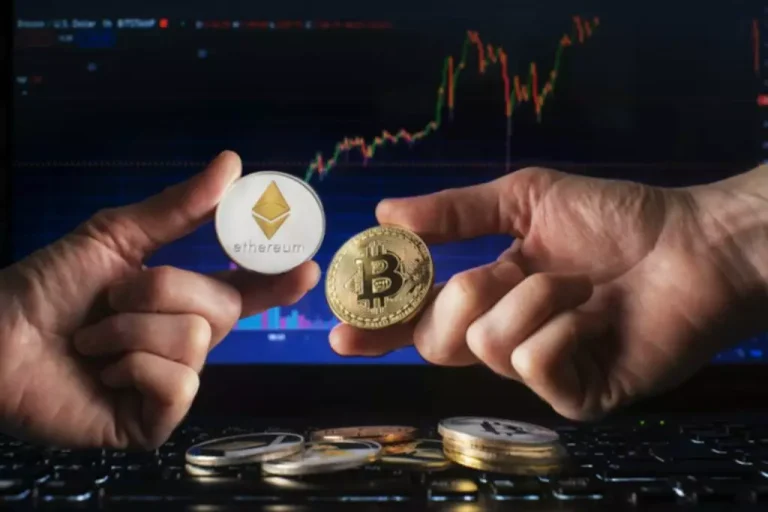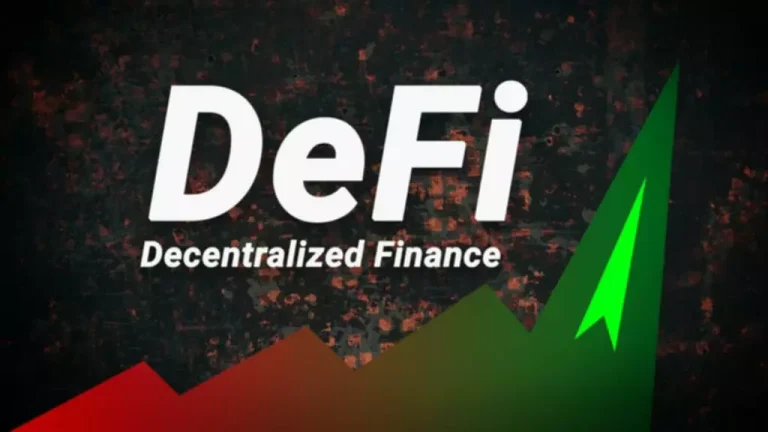A larger gasoline worth ensures faster transaction processing, while a low gasoline price can lead to delays. If the priority fee is about too low, miners may ignore your transaction altogether. Gasoline charges are important for blockchain transactions and good contracts.
Fantom is a high-performance, scalable blockchain that provides low transaction fees and quick affirmation times. It uses a novel consensus algorithm called Lachesis, which contributes to keeping the fees low. Fantom’s fees are designed to be low sufficient to encourage adoption and use, significantly for DeFi applications and providers. Initiatives are engaged on account abstraction (e.g., ERC-4337), enabling wallets to sponsor gas https://www.xcritical.in/ charges for customers or automate fuel payments using good logic. While Ethereum is the best-known blockchain where gas fees are front and heart, gas exists throughout many different blockchain ecosystems. Every has its own pricing fashions, currencies, and ranges of network congestion.

Toncoin: Telegram’s Cryptocurrency

This lets you take a wait-and-see approach to figuring out the . Gwei is greater than only a small number—it’s the gasoline behind every motion on Ethereum. It makes gasoline fees measurable, lets customers compete for block area, and helps hold the community environment friendly and honest. The way fuel charges work can differ significantly throughout completely different blockchain networks.
Understanding Crypto Consensus Mechanisms Merely: Proof-of-work Vs Proof-of-stake
ETH gas fees are the transaction fees paid to validators on the Ethereum community for processing transactions and executing sensible contracts. These charges are calculated primarily based on the complexity of the transaction and the demand on the network whereas processing, with greater demand resulting in increased fees. Ethereum gas fees play an important position in sustaining the blockchain’s functionality and safety. They incentivize validators, deter community spam, and enable smooth transaction processing. Whereas crypto fuel charges could appear inconvenient, they are important for Gas Fees in Crypto blockchain networks’ operation.
Learn how they work, tips on how to calculate them, and techniques to scale back prices. Learn what, exactly, gas charges are, why they fluctuate, how they’re calculated, and sensible methods to reduce value using tools, timing, and solutions. Learn how Ethereum gasoline fees work, why they fluctuate, and tips on how to save on costs utilizing good timing, Layer 2s, and upcoming network upgrades. In The End, gas serves as a crucial mechanism for the effectivity of blockchains.
So, beyond saving cash, monitoring gasoline is essential for ensuring regulatory compliance, monetary transparency, and fraud prevention. Many DAO and DeFi tools are integrating batch features, particularly as part of account abstraction or gasoline optimization efforts. Gwei is a time period derived from combining “Giga” (a unit of measurement) and “wei” (the smallest denomination of Ether). This made fuel pricing more predictable and launched deflationary strain by burning ETH over time. Ethereum’s roadmap guarantees massive payment cuts, but the largest modifications will take time.

How Ethereum Gas Charges Work
Nonetheless, typically, the gas fee mannequin expenses the initiator of a transaction a small fee to course of the transaction. This fee goes to the network participant who consists of Proof of space the transaction in a brand new block. Lively users monitor fuel prices like traders watch market charts.
The actual value of gas during a transaction is influenced by factors like supply, demand, and community capacity. In essence, the more ETH you stake, the upper your earnings potential from gas fees. Gas represents the computational effort wanted to perform operations like sending ETH, using a decentralized app, or minting an NFT. Solana vs EthereumSolana provides tremendous low, sub-penny fees and processes round 3,000 transactions per second (far greater than Ethereum’s +/-15 TPS). This pace comes from different architectural choices, however with tradeoffs like larger hardware necessities and occasional community outages.
Fuel fees supply the reward that drives this participation engine. Customers attach charges to their transactions, denominated within the community’s native forex. Validators gather these fees after they course of and make sure transactions, receiving compensation for expending assets. The gasoline limit is the maximum quantity of gas you’re prepared to use for a transaction. Setting it too low could cause your transaction to fail, but nonetheless cost you ETH.
Research show that the best fuel fees usually happen between 8 AM and 1 AM (GMT+8). The gas fee is like the transferring company’s cost, calculated by multiplying the entire weight of your belongings by the value per kilogram. Fuel charges primarily compensate members who maintain the blockchain network. In the world of Ethereum, it serves as a unit of measurement for transactions on the network. It’s additionally known as “nanoether” because “nano” signifies one billionth of one thing. Jem began her web3 journey in journalism, working the NFT information website NFTevening.
- Gwei is a term derived from combining “Giga” (a unit of measurement) and “wei” (the smallest denomination of Ether).
- The busier the community is, the extra transactions block builders have to choose from.
- Fuel fees are a specific sort of transaction payment utilized in varied blockchain networks to measure the computational effort required to execute operations.
- Batch when you canSome protocols allow you to mix multiple actions into one transaction, so that you pay one base charge as an alternative of a quantity of.
- Without these incentives, there can be little motivation for miners and validators to safe the community, doubtlessly compromising its security and stability.
Understanding the way to calculate and regulate fuel fees helps optimize transactions, guaranteeing sooner processing while minimizing unnecessary costs. It’s just a value of decentralized peer-to-peer transfer; the precise mechanism that also allows you true possession over your belongings. With self-custody, solely you may have agency over your property, simply paying a miner to course of a transaction you’ve already agreed to. Your community charge or gasoline payment is the way you give back to the parties operating nodes successfully. Without them, you couldn’t purchase, promote or even switch a factor. Bitcoin community fees go directly to the miners that embody the transactions in a block.

